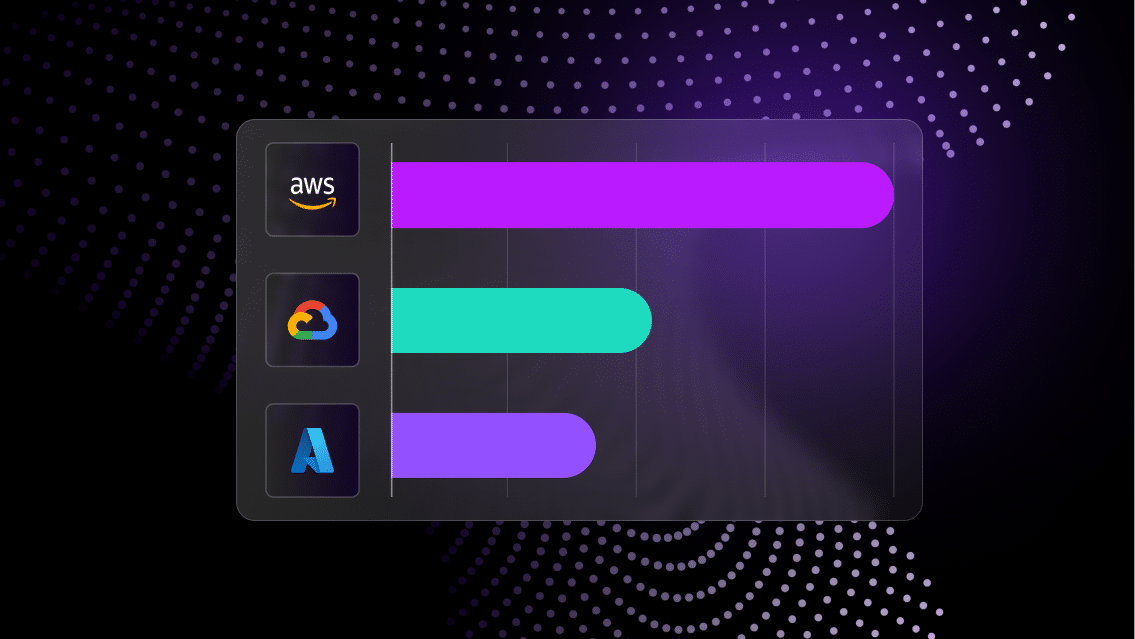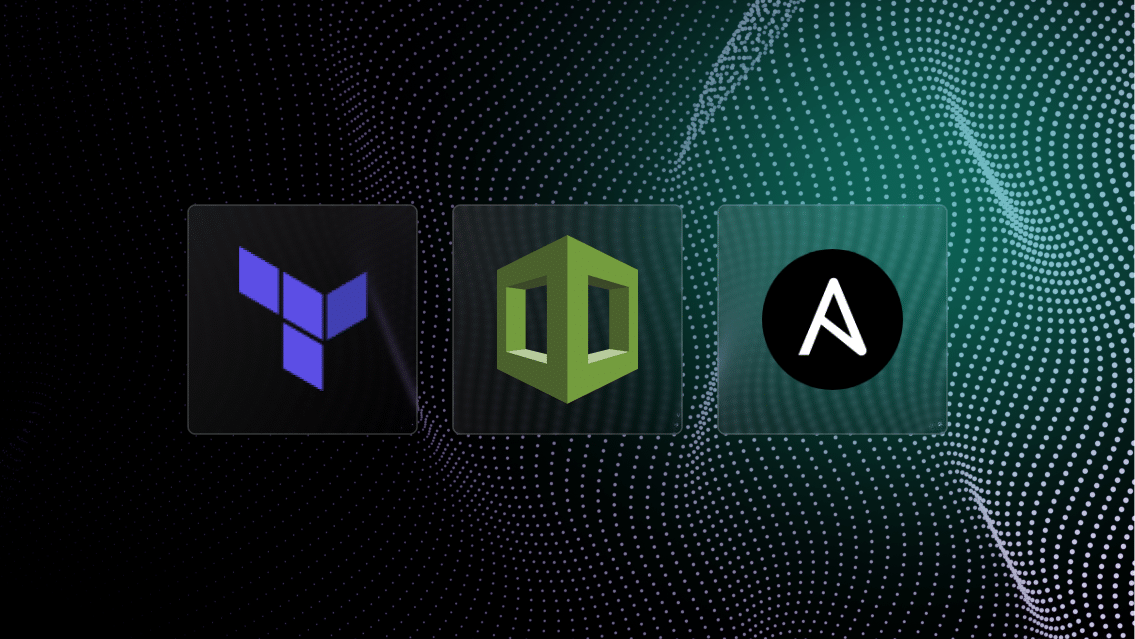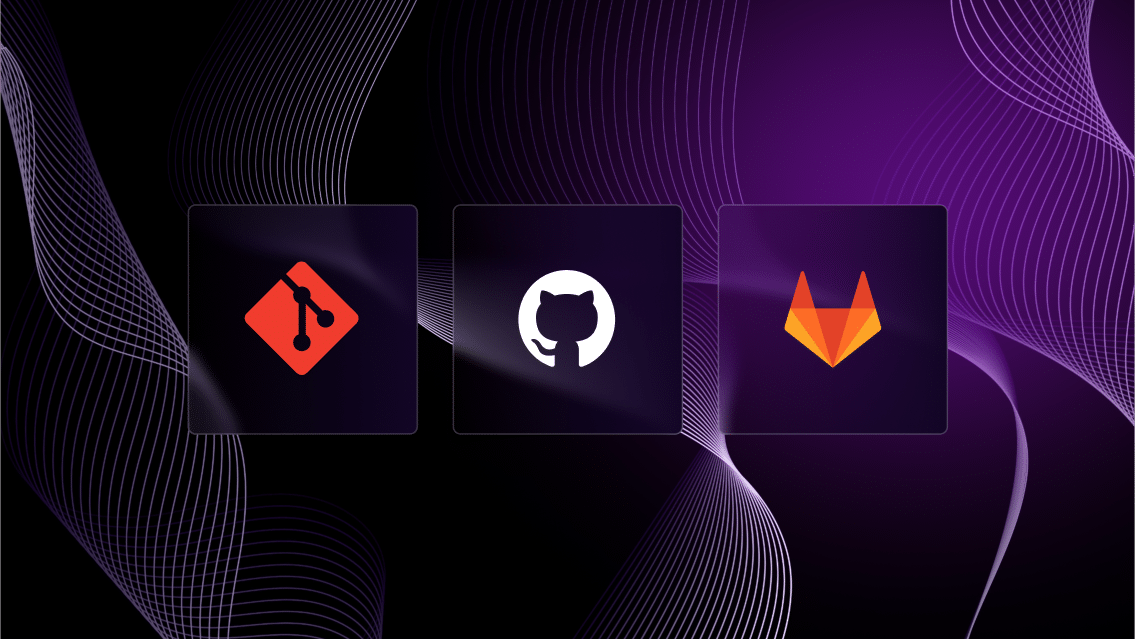Welcome to this month’s roundup of product enhancements for Quali Torque.
If you’re not familiar, Torque is a platform engineering tool that makes it easier to run and optimize cloud-based infrastructure and environments at scale.
For an introduction to Quali Torque, watch this brief demo:

Here are this month’s updates:
What’s new with Quali Torque
Operation Hub to Track Activity for Environments and Infrastructure
Since Torque is the point from which users provision infrastructure and environments, the platform can also help to maintain those environments.
Torque enables users to launch and maintain cloud infrastructure and environments via self-service, including the ability to execute Day-2 actions on live resources via Torque workflows.
Learn more: Automating & simplifying execution of Day-2 actions
Last month, we introduced the ability to execute workflows independently of specific environments, which enables support for actions related to stateless scenarios.
To help provide visibility of all activity—including the provisioning of environments and the execution of actions on those environments—we introduced the Operation Hub as a centralized interface for managing Workflow executions and Environments has become necessary.
The Operation Hub provides a dashboard where users can monitor and manage all Workflow and Environment activities. Operation Hub aggregates key metrics regarding this activity, including the number of drifted environments, the Infrastructure as Code (IaC) technologies in use, and other critical data points.
Environment Publishing: Enabling Access to Outputs Among Multiple Environment
In some cases, multiple users need to leverage infrastructure resources for different use cases.
To support these use cases without requiring the concurrent deployment of identical resources, we introduced Environment Publishing to make the outputs of one environment accessible for other environments.
For instance, an environment that provisions a Kubernetes cluster can publish its output, allowing subsequent environments to reference this cluster and deploy Helm chart applications to it.
This allows multiple environments to operate with distinct lifecycles while maintaining dependencies where necessary.
Generative AI Chatbot for Creating Resources
We’ve introduced a new in-app AI widget that allows users to query an AI bot to share guidance on using Torque and even generate new environment blueprints.
With support for different languages worldwide, Torque’s new AI chatbot allows users to submit prompts related to best practices, view sample blueprints, obtain assistance on connecting agents, and even generate the code defining a new environment blueprint that can be deployed on-demand.
Please feel free to explore this feature and provide feedback for continuous improvement.
Mapping IaC to Active, Inactive, & Blueprints for Environments
Our recently released IaC Impact Mapping capability enables our users to understand the implications of any changes to any IaC resource prior to pushing those updates.
For instance, if a user needs to commit modifications to a base Terraform file are needed, Torque’s impact mapping feature will show which blueprints, active environments, and inactive environments utilize the asset.
This will make it easier to prevent unexpected changes to environments in Torque as the result of IaC updates.



